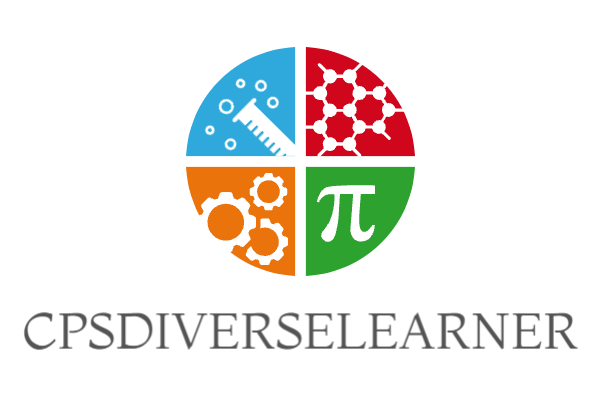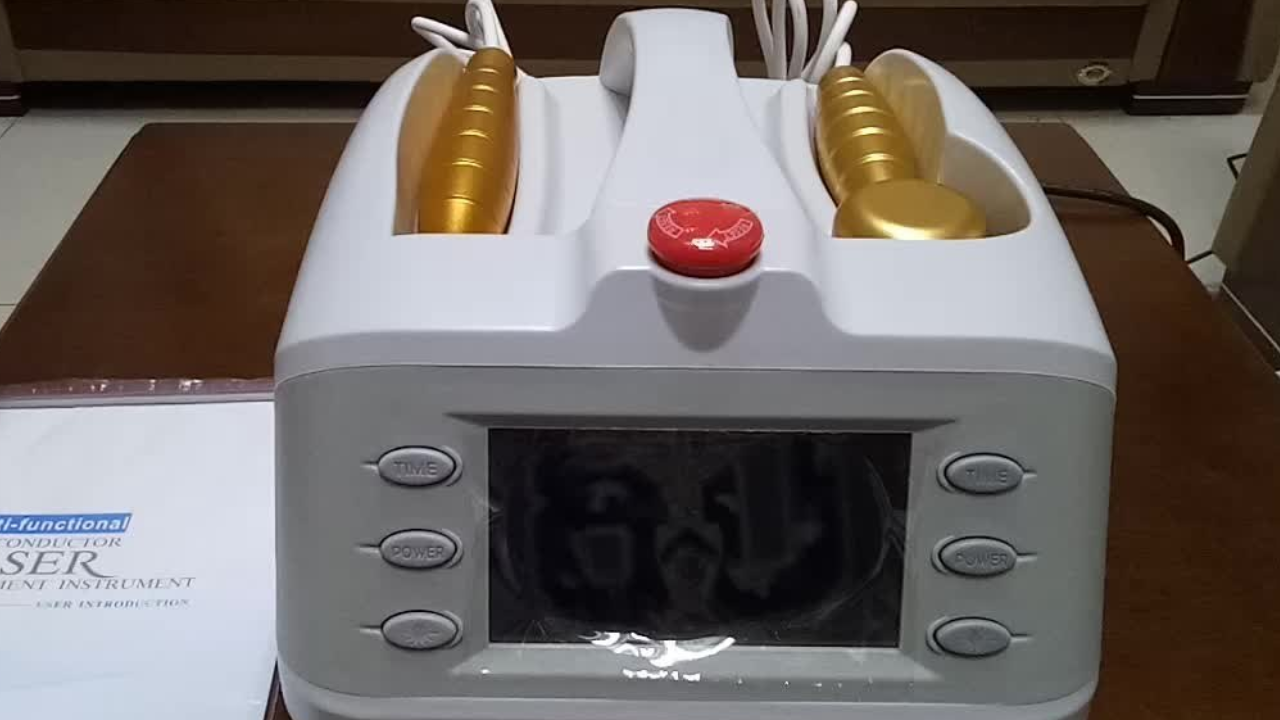The strongest and maybe most deadly kind of lasers is class 4 lasers, which is the highest classification available. Lasers are categorized according to their wavelength and power output; higher classes correspond to higher power output and higher risk of harm. Class 4 lasers are indispensable instruments in a wide range of industrial, medical, and scientific applications because they are strong instruments that produce intense coherent light beams.
Class 4 laser therapy is a kind of medical intervention that produces therapeutic effects in the body by using particular light wavelengths, like red and near-infrared. For further details on the class 4 laser therapy, click here. This treatment, which is frequently used for musculoskeletal problems, attempts to relieve symptoms like pain, edema, and restricted range of motion.
Safety Requirements for Class 4 Lasers
To reduce the hazards that could arise from Class 4 lasers' high power and intensity, safety regulations are essential. In addition to posing a fire risk, class 4 lasers can seriously damage skin and eyes. Observe the following safety guidelines to guarantee Class 4 lasers are operated safely:
Protective Eyewear:
Wearing the proper protective eyewear is required when using Class 4 lasers, as one of the basic safety criteria. This eyewear is engineered to either absorb or block the precise wavelength that the laser emits, reducing the chance of accidental exposure and eye harm. Individuals handling or in close contact with Class 4 lasers must wear these specific goggles or glasses at all times when operating the laser.
Controlled Access Areas:
Only places with controlled access should be used for Class 4 laser operations. By limiting access to these places to authorized persons only, the chance of unintentional laser beam exposure is reduced. It is important to have visible warning signs that inform people of the possible risks and emphasize the necessity for protective eyewear before accessing these areas.
Remote controls and interlocks:
Interlock mechanisms are essential to guaranteeing class 4 laser safety. When certain requirements are met, including protective barriers being breached, these systems are made to automatically turn off the laser. By enabling operators to operate the laser from a safe distance, remote control systems lower the risk of unintentional exposure and improve overall equipment control.
Beam Enclosure:
Beam enclosures, also known as housings, are crucial safety measures that keep the laser beam contained inside a regulated area. These enclosures aid in preserving the integrity of the laser work area in addition to preventing unintentional exposure. Retaining the laser beam inside the allotted area is essential to reducing the risks related to Class 4 lasers.
Precautions for Beam Alignment:
To prevent unintentional exposure, safety measures must be taken throughout class 4 laser alignment procedures. To minimize reflections and protect the safety of anyone working on the alignment, excess laser energy can be absorbed via beam dumps and pauses. Maintaining strict compliance with established alignment protocols is essential to reducing hazards during these vital activities.
Emergency Protocols:
A key component of class 4 laser safety is comprehensive emergency protocols. Well-defined and communicated emergency protocols might mean the difference between a controllable situation and a possible calamity in the event of an accident or injury. To enable quick reaction to crises, readily available first aid kits, eyewash stations, and fire extinguishers should be positioned in laser work areas.
Certification and Training:
All employees participating in Class 4 laser operations must have thorough training. Safe operating methods, emergency response protocols, and possible risks related to Class 4 lasers should all be included in training curricula. A person's certification attests to their possession of the know-how and abilities needed to properly operate Class 4 lasers.
Frequent Maintenance and Inspections:
To quickly detect and resolve any possible problems with laser equipment, routine maintenance, and inspections are crucial. As soon as there are indications of wear, damage, or malfunction, they should be fixed to avoid mishaps and guarantee the continued safe functioning of Class 4 lasers.
End Summary
Adherence to thorough safety precautions is crucial for the safe use of Class 4 lasers. Of utmost importance are beam enclosures, interlock mechanisms, controlled access, protective eyewear, and thorough training. Class 4 laser precision can be judiciously used to reduce risks and provide a safe working environment by giving these safety criteria priority.


